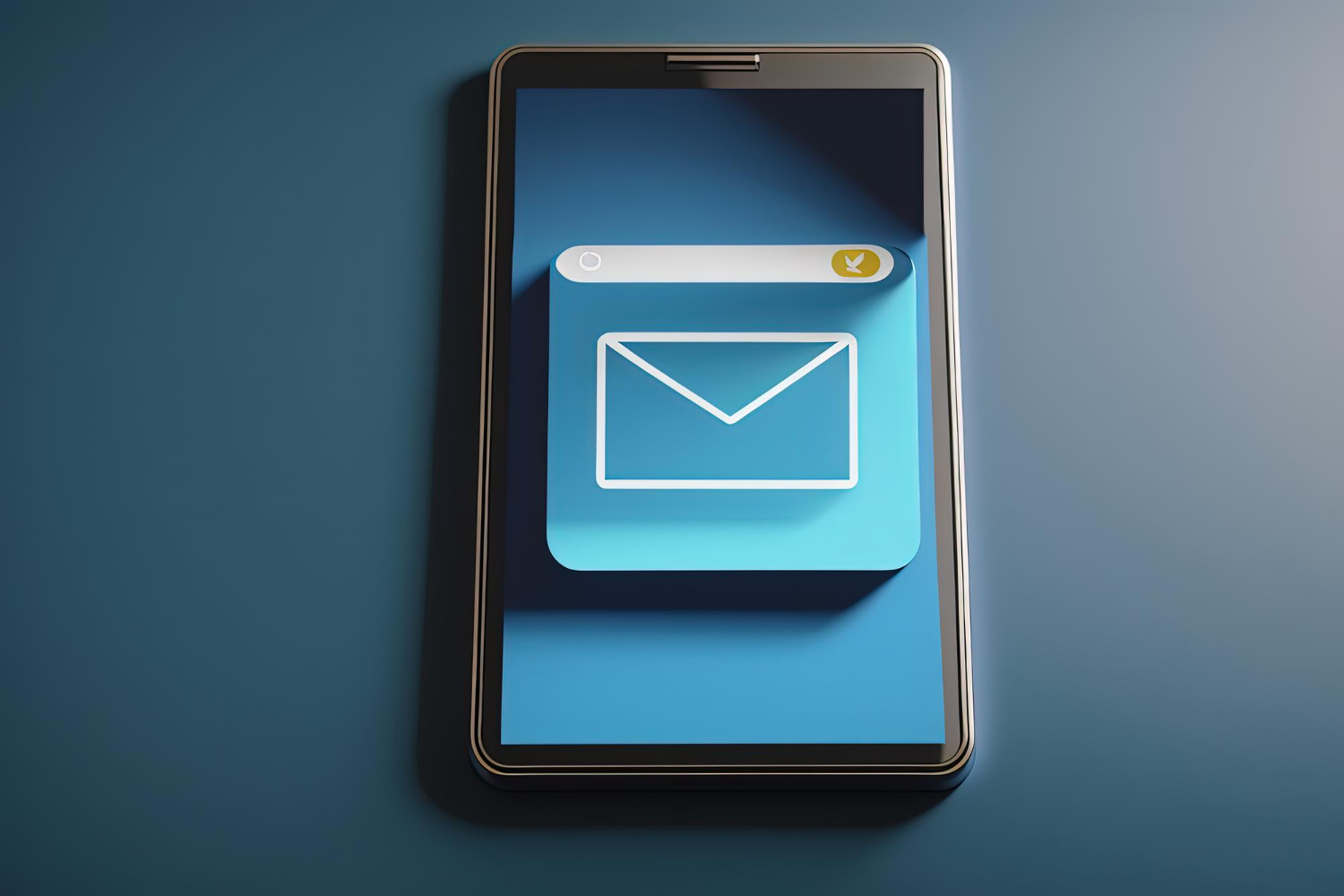Sending a text message to multiple people without creating a group may seem tricky, but it’s easier than you think. Whether you’re using an iPhone or an Android device, this guide will show you step by step how to send SMS messages individually while keeping your contacts’ privacy and avoiding group chat confusion.
Why Avoid Group Texts?
Group messaging is convenient for sending the same message to multiple recipients at once, but it has several drawbacks:
-
Everyone in the group can see each other’s replies.
-
It can generate too many notifications, making it hard to follow individual conversations.
-
Some recipients may not want to share their phone number with the whole group.
-
Replies can get mixed, leading to confusion in conversation threads.
For these reasons, many people prefer to send individual SMS messages to multiple contacts instead of creating a group.
Sending SMS Without Creating a Group on iPhone
On iPhone, sending messages individually depends on whether recipients use iMessage:
-
Open the Messages app on your iPhone.
-
Tap the “+” button to create a new message.
-
In the “To:” field, enter the phone numbers or names of your recipients, separated by commas.
-
Type your message and tap Send.
Important Notes for iPhone Users:
-
If all recipients have iMessage enabled, the message will appear as a group chat (blue bubbles).
-
If some recipients don’t use iMessage, the message will send as SMS (green bubbles), and replies come back individually.
-
In newer versions of iOS (iOS 17+), the “Group Messaging” setting is sometimes missing, so sending SMS individually may not always be guaranteed.
Sending SMS Without Creating a Group on Android
Most modern Android devices offer options to send SMS to multiple people individually:
-
Open your messaging app (e.g., Google Messages).
-
Tap the “+” or “New Message” button.
-
Enter the phone numbers in the “Recipients” field, separated by commas.
-
Type your message and tap Send.
Tips for Android Users:
-
In Google Messages, go to Settings → Advanced → Group Messaging and select “Send an SMS reply to all recipients and get individual replies” for mass texts.
-
Some Android versions or devices may default to group MMS if RCS is enabled. Turning RCS off or using the mass text option helps maintain individual replies.
-
Always be aware of your carrier’s recipient limit—most carriers restrict the number of people you can send a single SMS to (commonly 10-20).
Using Third-Party Apps to Send SMS Individually
When the native messaging app doesn’t offer enough control, third-party apps are a reliable solution:
-
Signal: Lets you send messages to multiple recipients individually without creating a group.
-
WhatsApp Broadcasts: Sends the same message to multiple contacts individually.
-
Telegram: Supports sending messages to multiple contacts without forming a visible group.
These apps provide a secure and user-friendly experience, while keeping replies separate for each recipient.
Best Practices for Sending SMS to Multiple People
-
Avoid sending large numbers of messages at once via standard SMS; consider a professional bulk SMS service for mass communication.
-
Always respect privacy—do not share phone numbers without consent.
-
Double-check whether iMessage or RCS is enabled, as it can change how your message is delivered.
Conclusion
It is entirely possible to send a text message to multiple people without creating a group on both iPhone and Android devices. Using the iOS Messages app, Google Messages, or third-party apps like Signal, WhatsApp, and Telegram, you can:
-
Keep replies individual,
-
Protect your contacts’ privacy,
-
Avoid the confusion and notification overload of group chats.
By following these updated steps, you can easily communicate with multiple contacts efficiently, safely, and without creating a group.















